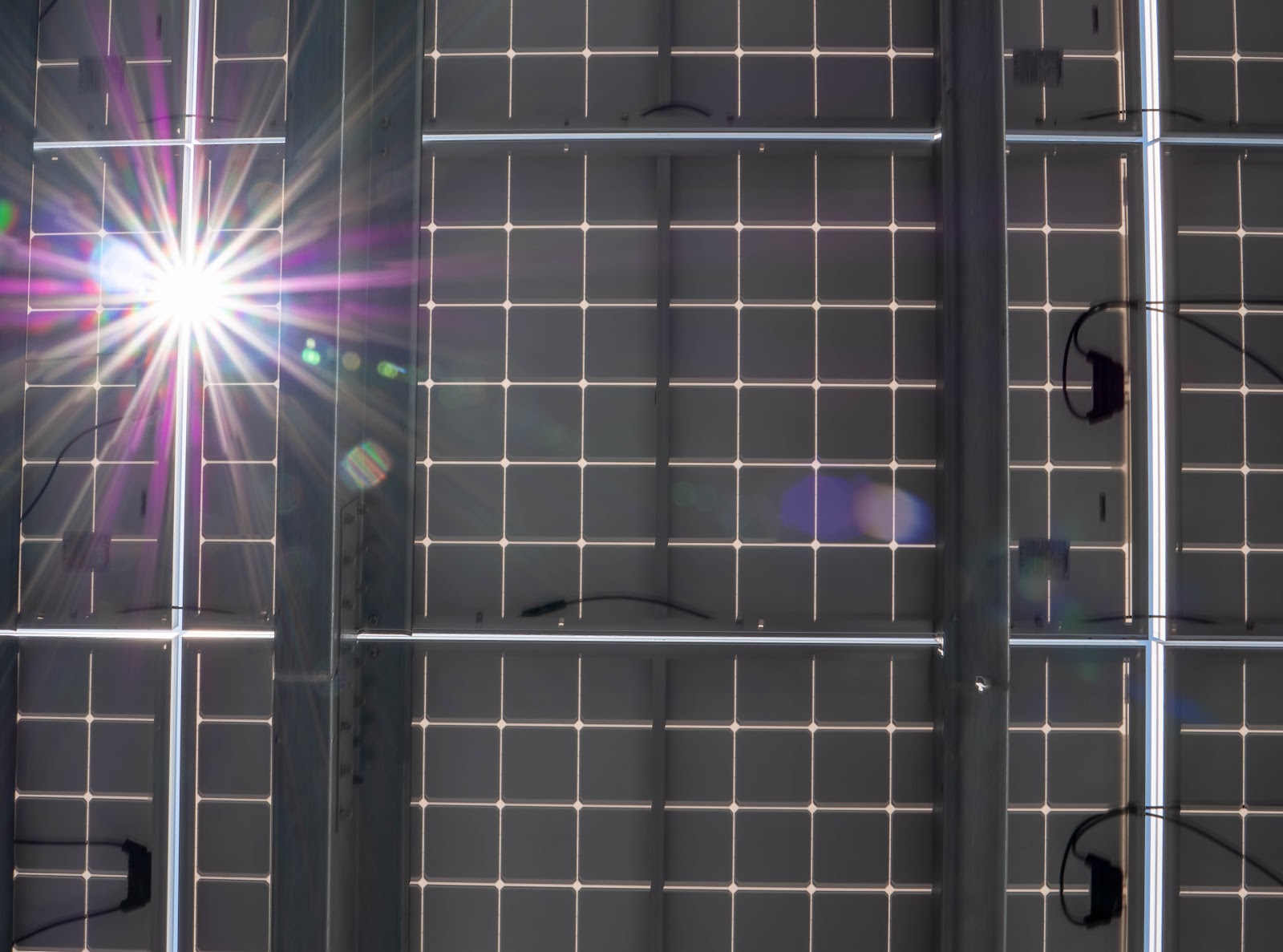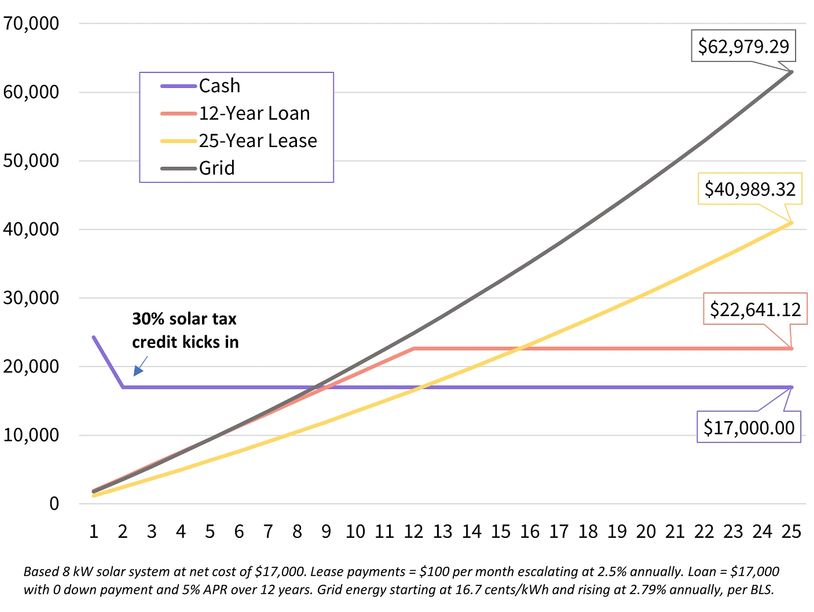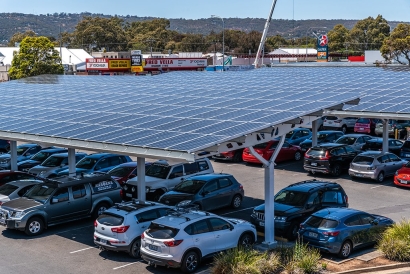Signed in as:
filler@godaddy.com
Signed in as:
filler@godaddy.com
Updated: August 2023
These are some of the questions we are asked most often about solar. Please contact us if you cannot find an answer to your question.
As the name suggests, DIY (Do-It-Yourself) solar panels kits are solar panel kits that you can assemble and install by yourself or with a little bit of help. They come with easy-to-follow, step-by-step installation instructions that leave no room for misinterpretation.
While installing solar panels yourself may seem like a big difficult job at first, with the right knowledge and tools, it certainly can be a manageable project. DIY solar requires some construction skills, knowledge of power tools, and a good understanding of home improvement and electrical safety.
So if you are capable of home remodeling and renovation work, you should be able to quickly learn the ropes of DIY solar and install it yourself.
You can also do most of the work and only hire a professional for the parts you aren't sure about. For example, you can install all the panels on the roof and have a professional electrician make the final connections in your main service panel.
The time it takes to install solar panels yourself will depend on a variety of factors, including the size of your system and your level of experience. Generally speaking, a DIY solar panel installation can take anywhere from one week to a few weeks. It really depends on how much time you dedicate to the project.
A good rule of thumb is to plan for about 2 to 2.5 hours of work per solar panel. So if you were to, say, install a 16-panel system, it should take you about 32 to 40 hours of work assuming no major issues or obstacles get in the way.

Solar panels allow photons, or particles of light to knock electrons free of atoms, generating a flow of electricity. They work by absorbing sunlight with photovoltaic (PV) cells, generating Direct Current (DC) energy. They then convert it to Alternating Current (AC) with an inverter. AC then flows through the home’s or business’ electrical panel to be distributed throughout the building. The more sunlight they collect, the more energy they produce.
Solar panels are made of small units of photovoltaic (PV) cells which convert sunlight into electricity. Each cell is made up of two layers of semiconducting material.
Most of them are usually black or blue in color, perfect for absorbing heat and light. Many cells linked together with electrical wiring make up a solar panel.

A solar panel system that is installed correctly and sized appropriately for your home or office building will cut your electricity costs significantly. It will also help you hedge against the rising cost of electricity supplied through your local utility company.
The best direction to install solar panels is typically southward, as the angle of the sun’s rays maximizes during this time of day.
Installing them in this direction allows you to capture more energy from the sun and make the most of your solar panel system.
Additionally, if you live in a specific region where weather patterns differ, you may want to adjust your panels to seasonal changes.
A flat or slightly sloped roof, a south-facing roof with no obstructions such as trees, buildings, or other objects that may block direct sunlight, is the best type of roof.
The ideal tilt angle should be around 10 to 30 degrees depending on the season and your location.
Additionally, it’s important to ensure that the roof has no broken shingles and can support the weight of your solar panel system. Consult with a professional before installation to get the best results.
Fronius, SolarEdge, and Huawei are considered to be the best solar inverters for residential use. Every solar installation needs a solar inverter as well. Installing a reliable inverter with a higher capacity than your solar system will ensure the longevity of use and peace of mind. Fronius Primo has kept the first place for almost a decade now, and with their extended online warranty, that is exactly how much warranty you get – a full ten years.
No, solar panels cannot cause fires by themselves. However, improperly wired solar panels, a bad solar inverter, or bad overall installation can cause fires. For this reason, you should always opt for the best solar panels in your area. Solar panels are an expensive piece of equipment, and not following the installation process and installation guide can cause expensive damage.
Your solar panels should be checked at least once a year. This means cleaning the surface of the panels, especially after a long winter, checking for any cracks or corrosion, as well as for faulty or damaged wiring. The rest of your solar system should be checked as well, including your solar inverter and your solar batteries. Your solar system is expensive, so make sure that only licensed professionals do the checking.
Good question. No, you should never remove your own solar panels. A solar system costs a lot to purchase and install. Once this is done, you should rely on professionals for any cleaning, checking, maintenance work, and removal. Removing solar panels, just like installing them, requires expensive tools and expertise that you may not have. In addition to this, you need to know about wiring and fire hazards to avoid any injuries or property damage.
The best indicator of your residential or commercial solar power needs will be your energy consumption. To calculate your energy needs, take your total energy bill costs for a year as well as your total kilowatt(kWh) usage and divide each total by 12. This should help you get a fairly good idea of how many solar panels you need to cover your usage in terms of both cost and energy. You may also avail yourself of our solar calculators which you'll find under the "Tools" menu to help you out even more.
Generally, it takes about 20 solar panels to generate enough electricity to power a typical house. However, this number can vary depending on how much electricity you use and the type and efficiency of the solar panel system you choose.
When you work with SolarByMe, our team will help you order your solar panels. Contact us and we’ll discuss how many panels you’ll need to power your particular home or business, when they can be installed, and the overall residential or commercial solar panel costs, etc.
Even though there’s no such thing as free solar panels, going solar is still a great way to reduce your energy costs.
Leases and PPAs were more prominent in the past when the cost of going solar was much higher. But the cost of solar panels has come down substantially in the last 10 years, making ownership much more affordable and accessible.
Here are some things to consider when deciding whether to buy or lease your solar panels:
Pros and cons of solar leases/PPAs
Pros
Cons
Maximum savings potential
If your primary goal is maximum savings, then owning is the way to go – especially if you can buy with cash.
The chart below shows the cumulative cost of owning and leasing the same 8 kW solar panel system over 25 years.

Here’s how the average monthly electric bill with solar panels breaks down over 25 years for the cash purchase, 12-year loan, and 25-year lease shown above:

Leasing may be the cheapest option early on, but it becomes more expensive than buying with cash in year 12 and a solar loan in year 15.
By year 25, the solar lease is nearly $24,000 more expensive than buying in cash and around $18,000 more expensive than a 12-year solar loan.
There are two reasons leasing solar panels is more expensive than owning in the long run:
With the 2.5% price escalator we used in our example the monthly payment increased from $100 per month to $180 per month over the life of the lease.
To be clear: All three solar options are cheaper and cleaner than grid electricity, but owning your solar panels – especially if you pay in cash – substantially increases your return on investment.
Do solar panels add value to a house or business?
In addition to electricity savings, solar panels increase the value of your home by up to $4.10 per watt. That amounts to $32,800 for an 8 kW system, but you only accrue this value if you own your solar system.
But if you don’t buy the solar panels, they can’t add value to your home.
In a solar lease, the installation company owns the system. Not only do you miss out on the increased home value, having a leased solar system can sometimes complicate your home or business sale if you decide to move or sell the home or business.
Basically, if you decide to move before your solar lease is up, you have three options:
The first option relies on finding a buyer that is willing and able to take over the lease. The second and third options rely on you making a lump sum payment for the solar panel system – which is exactly what you tried to avoid by leasing.
Government solar incentives
In August 2022, the Inflation Reduction Act increased the federal solar tax credit from 26% to 30%, where it will remain until 2032.
That means if you purchase a solar panel system, you can lower your federal tax liability by 30% of the installed cost of the system. So if an 8 kW system cost $24,285.71 upfront, the 30% tax credit would be worth $7,285.71 and bring the net cost to $17,000.
There are also state and local solar incentives that can be used in addition to the federal tax credit to bring the cost down even further.
These incentives make switching to solar more accessible and increase your overall savings, but they only apply if you purchase the system instead of leasing it. In a solar lease, the installer claims the incentives and may or may not pass the savings on to you.
No such thing as free solar panels
There is no such thing as free solar panels despite what the online ads and door-knocking pushy sales people try to tell you.
More often than not, marketers using the ruse of free solar panels are trying to get you to sign a solar lease or power purchase agreement. Although these solar financing arrangements can decrease your energy costs, they offer far less savings potential than solar panel system ownership, and they certainly should not be considered free because they're not.
Sorry, we currently do not. Mainly because we were not able to secure affordable rates to make it work. We will, however, continually revisit this option to see if or when we can secure an affordable or competitive rate.
Solar panels will range anywhere from two to six pounds per square foot. Depending on the brand and the size, you can expect your solar panel to weigh anywhere from 30 to 70 lbs. Our team at SolarByMe will make sure to be forward about any concerns you may have before you place an order for your residential or commercial solar panels kit(s). So be sure to contact us prior to placing your order should you have any questions or concerns.
Solar panels typically add about 4 to 6 ounces per square foot to a roof, depending on the size and type of the panel. A typical solar system weighs between 150 and 200 pounds for every 100 square feet of coverage.
However, this number will differ based on the specific type of solar panel and its size.
It is important to speak with a professional before installation to ensure your roof can safely support the weight of your solar panel system.
In general, most solar panels last 25 to 30 years as they are durable and designed for longevity. Solar panels can continue to generate solar power after 25 years, it will just be at a significantly decreased rate compared to their original specifications. At SolarByMe we use high-quality solar panel kits to ensure you have a PV (photovoltaic) system that you can count on for years to come.
Yes! Solar panels will generate a good deal of annual savings for your house or business. In addition to the savings, solar panels are also reliable and environmentally friendly. Some of the benefits of solar panels include but are not limited to:
On average you should expect to save between $15,000 and $30,000 over a 15-year
period of owning solar panels.
We’ve all experienced the frustration of power outages and with solar, this is no longer
a concern. Free yourself from unexpected outages with your own solar panels system.
Fossil fuels are used to generate more than 65% of the electricity we consume. These
methods are outdated and very harmful for the environment. It starts with you. Are you
ready to make a change?
Yes. Solar panel systems can be installed with special inverters that can be attached to solar energy battery storage units at a later time. This is called a ‘storage retrofit,’ and it is a great way to prepare for adding solar storage options in the future.
Solar is a simple, almost maintenance free technology. You should not have to replace your panels during their warranty period. However, the wiring that connects your panels may need to be checked occasionally to make sure it has not been tampered with by wildlife, inclement weather conditions, etc.
Solar parking canopies provide three benefits to those parking their cars:
The ROI calculation is different from a rooftop installation. We must take into account the value of improved parking conditions, and what the solar-generated electricity will be used for:
Contact us and we'll try to help you determine the ROI for a solar canopy.

SolarByMe
Mailing Address: 4750 Almaden Expy, Suite 124 PMB 281, San Jose, CA 95118
Copyright © 2023 SolarByMe - All Rights Reserved.
Managed by GEEK911, Inc.
We use cookies to analyze website traffic and optimize your website experience. By accepting our use of cookies, your data will be aggregated with all other user data.